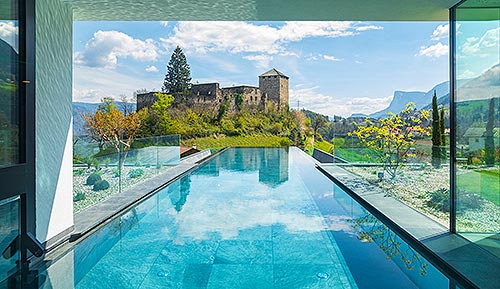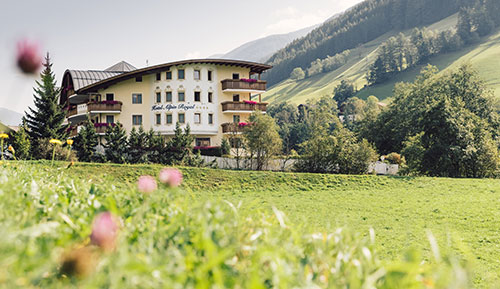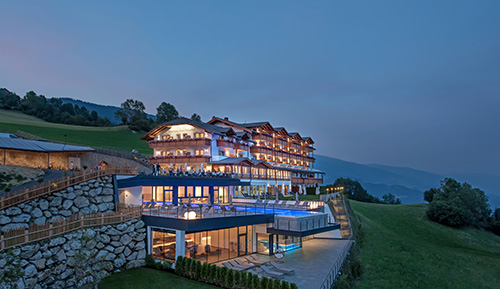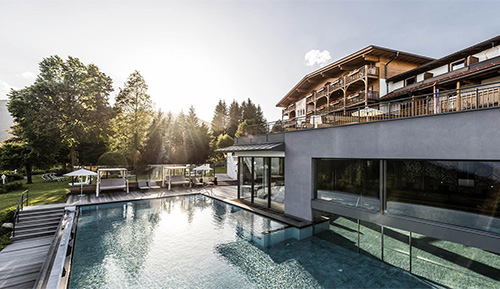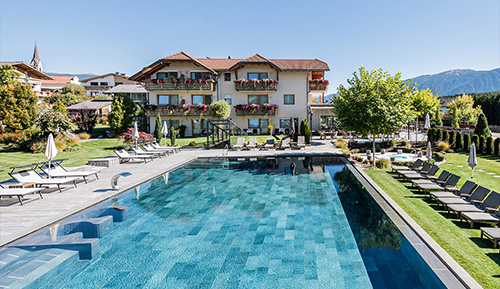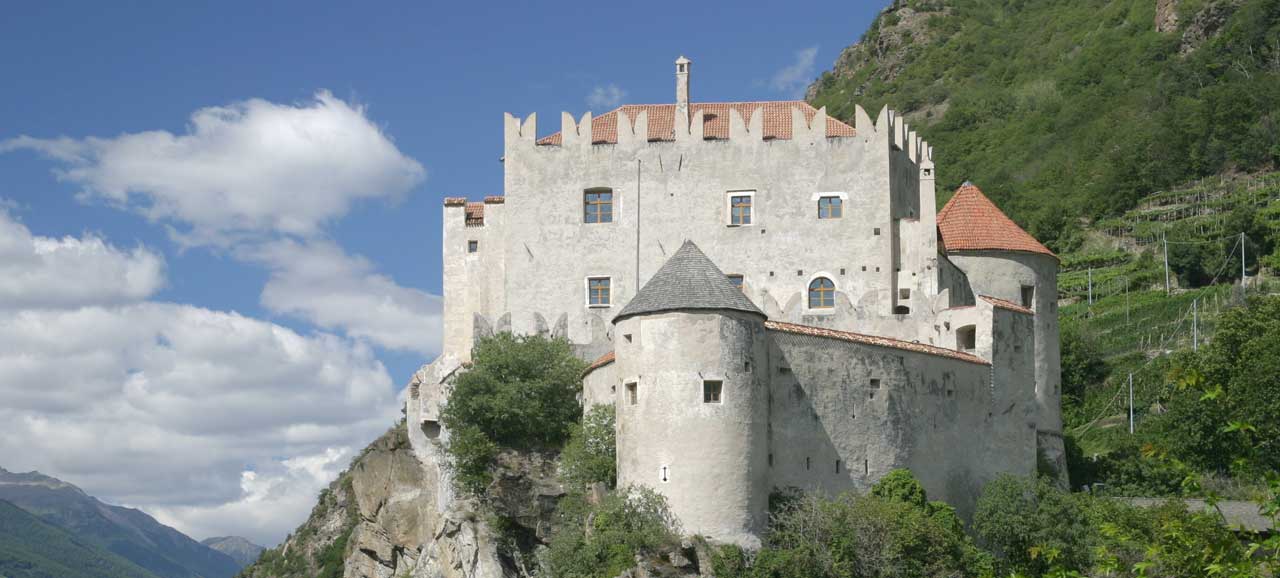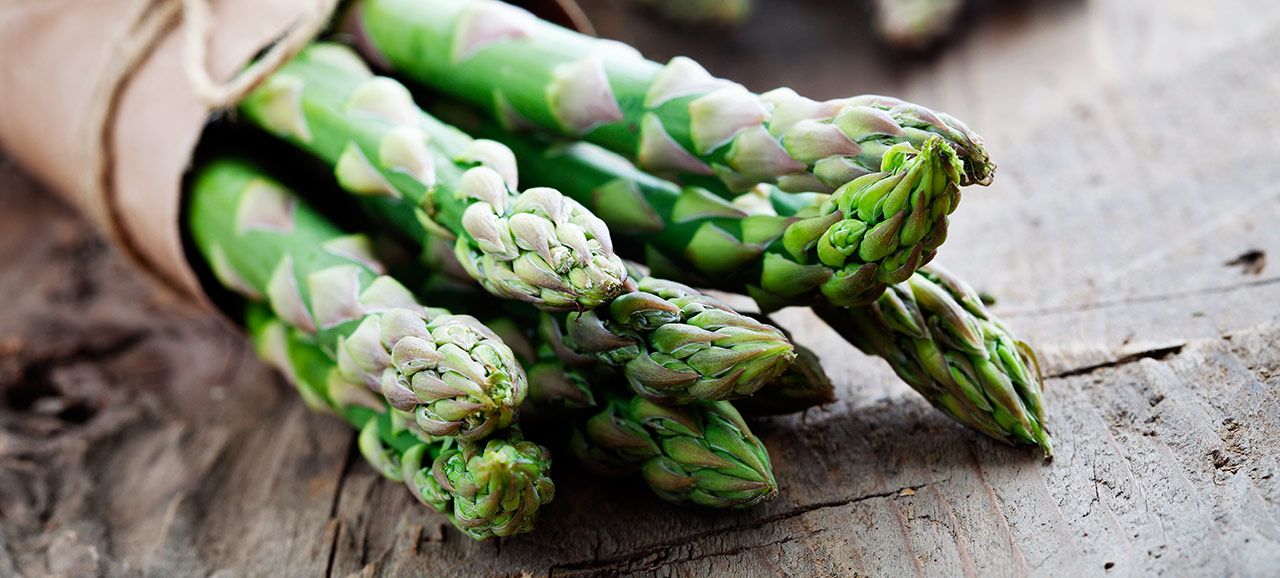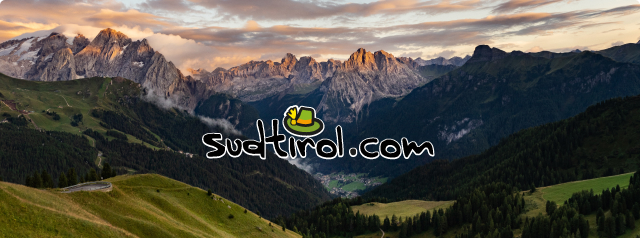Castelbello-Ciardes, a mixture of plants, castles and irrigation channels.
Castelbello-Ciardes, 600 m a.s.l., is a community of Lower Venosta valley. Its area extends over 5,386 hectares and is divided into the hamlets of Montefranco, Colsano, Juval, Lacinigo, Montefontana and Montetrumes. The landscape offers diverse, changing vegetation with vines, chestnut trees, fig trees and cypresses. The whole area and its hinterland are especially popular with hikers and walkers, who love the fresh air.

Castelbello-Ciardes lies in a valley basin, on the flanks of which the Monte Tramonto and the Montmezzodi rise up, the first wooded and shady, the second sunny with abundant flora and fauna. These two mountains shelter the area and ensure the mildness of its climate, which agrees so well with the cultivation of Venosta valley wine, apples and asparagus. Winter roses grow like a thick carpet over the landscape, which harbours fortresses, traditions and legends, telling of a region steeped in history, rich in art and history.
There are at least five fortified castles and palaces to discover in the region, two of which are open for visits: Castelbello Castle and Juval Castle. Castelbello Castle, which dates from the year 1180, stands on a rock face above the left bank of Adige River, at the point where it leaves the Laces irrigation channel and flows into Lower Venosta valley. Juval Castle, dating from 1278, stands on the mountain of the same name, in a protected nature reserve, which can be reached only by foot or shuttle bus. The castle is the summer residence of Reinhold Messner and also belongs to the Messner Mountain Museum (MMM).
The important irrigation channels, which used to be used for the agriculture of the area and along which you can take long walks, also cut across Castelbello. The most well-known of them is the irrigation channel between Senales and Castelbello, which is some 10 km long.
In Venosta valley for time immemorial the climate has been dry and arid, with annual precipitation of scarcely 500 ml. Therefore, and in order to be able to irrigate the cultivated terrains, in the past the farmers built a system of channels, branching off in all directions, fed by snow and glacier melt-water. The majority of these channels have been replaced in more recent years by modern irrigation systems. The few that still survive can be seen from far away as they thread their way, like thin, green lines through the landscape. According to the 1939 census there were 225 channels at that time, which extended over a length of 600 km.

